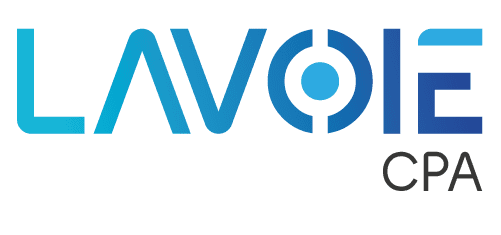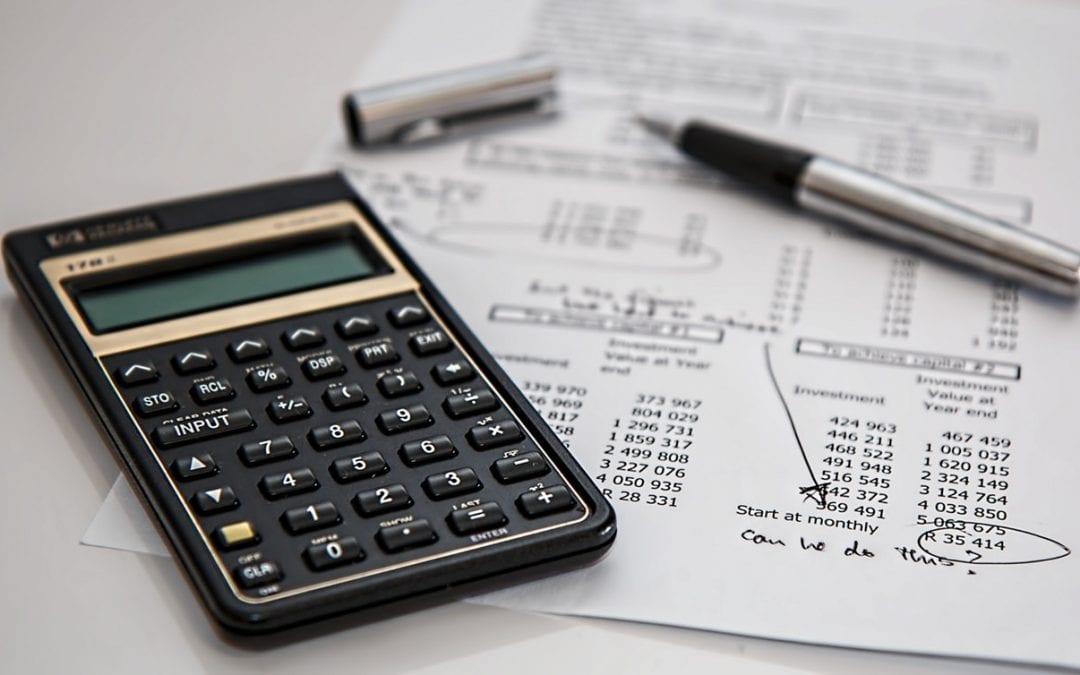What is Forecasting and Why is it Important?
Forecasting is an essential part of every business as it helps you avoid unforeseen issues and manage your business more efficiently. The sales forecast is especially important, as it serves as the base for your company’s goals, profit and growth potential. But, to be able to depend on a sales forecast, you need it to be accurate.
Related Reading: Should Small Businesses Forecast?
Forecast Pitfalls
The problem for many businesses is that their sales forecast is based on data that isn’t accurate or realistic. Adaptive Insights’ CFO Indicator Q2 2016 report showed that only one in four CFOs met their sales forecasts. Relying on a sales forecast that is based on the wrong data can cause a lot of headache. If you are sick of coming up short on your goals, take a look at the steps below to improve your sales forecast accuracy.
Steps to Improve Sales Forecast Accuracy
1. Understand your buyer’s journey
A sales forecast is based on your sales goals and ultimately who ends up buying your products or services. While historic sales data is important, you also need to make sure you understand your buyer’s journey and each step of the sales process. Ultimately, the sales process only moves forward when your potential buyer makes a decision. Therefore, you should aim to outline each step of the buyer’s journey, what decisions are made along the way and what you can do differently at each stage. This will also allow you to make better predictions on your sales goals.
2. Incorporate external factors
It is common that companies only concern themselves with internal data and don’t realize the impact that external factors may have on your sales. As a result, their data is wrong. Because of this, you should research economic factors that have had a historical impact on your company’s sale and include in your forecasts.
3. Shorten your forecasting cycle
Finally, you should forecast more frequently, as it allows you to be alert earlier if expectations don’t match results. Consequently, you can take action quicker and prevent any arising problems.
“Consider pushing your annual forecast back to later in the year. We used to do our forecast in August but now have pushed that all the way back to November. And in the past six months, we’ve created a new forecast almost monthly. Creating that many new forecasts can take a lot of time, but sometimes it’s necessary. In the end, you don’t want to run a business off of a forecast you no longer have confidence in.”
– Jeffrey Hollender, Seventh Generation, in an interview with Inc.com
One approach to increasing the frequency of your forecasts is by using a cloud-based performance management systems (CPM). Using a CPM system allows you to constantly adjust and fine-tune your forecasts. This means you can view real-time data and make better informed decisions with your business.
In conclusion, you need to establish a framework that offers clear communication and no surprises. This will allow for an improved sales forecast accuracy that, at the end of the day, gives your business a better chance of succeeding.
What steps is your company taking toward improving forecasting accuracy?

